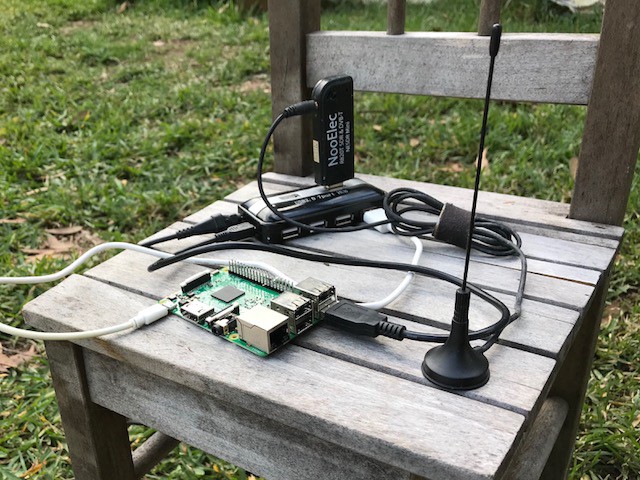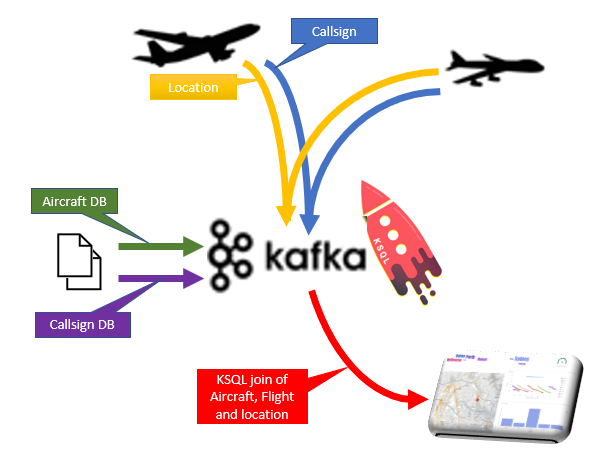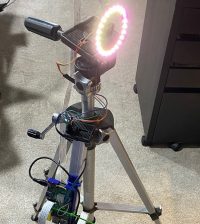- makeITcircular 2024 content launched – Part of Maker Faire Rome 2024Posted 2 weeks ago
- Application For Maker Faire Rome 2024: Deadline June 20thPosted 2 months ago
- Building a 3D Digital Clock with ArduinoPosted 7 months ago
- Creating a controller for Minecraft with realistic body movements using ArduinoPosted 7 months ago
- Snowflake with ArduinoPosted 8 months ago
- Holographic Christmas TreePosted 8 months ago
- Segstick: Build Your Own Self-Balancing Vehicle in Just 2 Days with ArduinoPosted 8 months ago
- ZSWatch: An Open-Source Smartwatch Project Based on the Zephyr Operating SystemPosted 9 months ago
- What is IoT and which devices to usePosted 9 months ago
- Maker Faire Rome Unveils Thrilling “Padel Smash Future” Pavilion for Sports EnthusiastsPosted 10 months ago
Raspberry Pi Powered Aircraft Traffic Tracker

One morning around 6AM, Simon Aubury’s cat heard a low-flying aircraft and to signal its displeasure at the event, decided to jump onto Simon’s face as he slept.
Simon didn’t know that the airplane on his head was an A383 going to Dubai, but he decided to find out any information about the aircraft flying on his home.
With this aim in mind he created a Raspberry pi powered decoder which deciphers ADS-B signals coming from nearby aircraft.
“Aircraft determine their position using GPS; and periodically transmit that position along with identity string, altitude, speed etc as ADS-B signals.
Cats behave erratically, but generally display their displeasure by jumping on your face. The post describes how we can use open source streaming solutions (Apache Kafka), KSQL (streaming SQL engine) and a Raspberry Pi to process aircraft movements in real-time to determine which plane is upsetting my cat.”
Picking up the signals and capturing them is easy thanks to the wide availability of USB radios and a program called Dump1090. Furthermore Apache Kafka is perfect to process the data and to make them more readable.
Using Python and SQL, Simon populated a callsign database and a location database. He also found existing data sources that could relate the airplane code to the type of plane and also the carrier and route information.
Kafka can take the steady stream of aircraft data and rapidly match it with the static databases to provide a meaningful data feed. Armed with that feed a dashboard system called Elastic Kibana, provides a great interface to monitor local airspace. You can also query the databases to find out exactly what plane disturbed your slumber.
For further information you can jump on the project’s page.
















